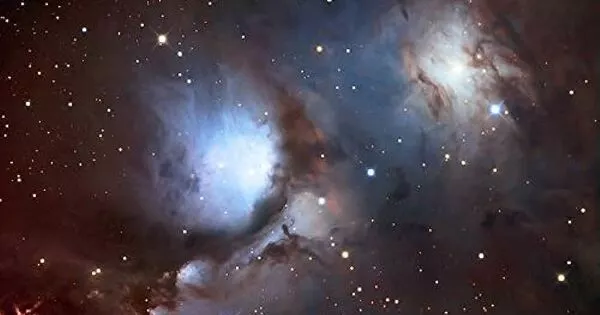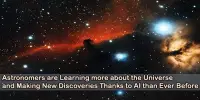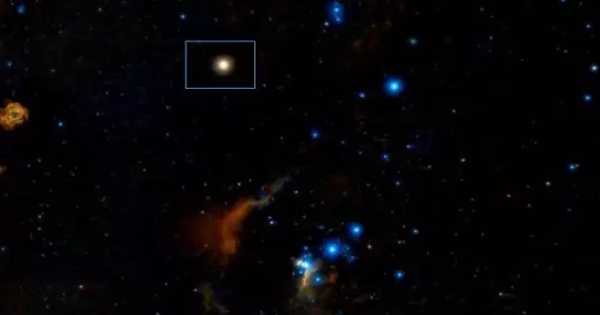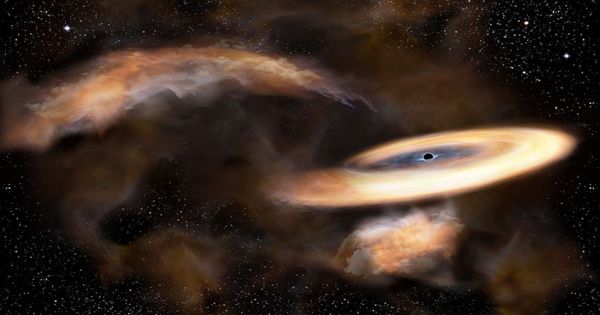Messier 78, or M78, is a reflection nebula in the constellation Orion. It is one of the most well-known and visible reflection nebulae in the night sky. It is also known as NGC 2068. Pierre Méchain discovered it in 1780, and Charles Messier included it in his catalog of comet-like objects that same year. The nebula is located about 1,600 light-years from Earth.
M78 is a component of the larger Orion Molecular Cloud Complex, a vast region of interstellar gas and dust where new stars are being formed. A cluster of young, hot stars embedded within the nebula illuminates it. These stars are in charge of scattering and reflecting light from the surrounding gas and dust, which gives M78 its distinctive blue color.
M78 is the brightest diffuse reflection nebula in a group with NGC 2064, NGC 2067, and NGC 2071. This group is part of the Orion B molecular cloud complex and is located approximately 1,350 light-years from Earth. M78 can be seen as a hazy patch in small telescopes, and it contains two stars of 10th and 11th magnitude. By reflecting their light, these two B-type stars, HD 38563 A and HD 38563 B, are responsible for making the cloud of dust in M78 visible.
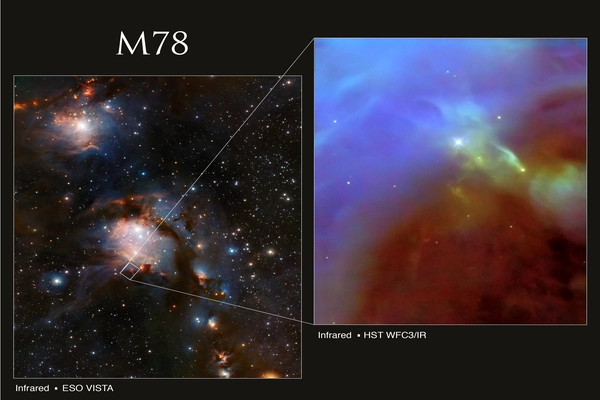
The nebula has a distinct shape, with two prominent dark bands running through it. These dark lanes are caused by dust obscuring the light behind them. The overall appearance of M78 can vary depending on the observing conditions and the equipment used. It is often photographed alongside the famous reflection nebula NGC 2071, which is located nearby.
The M78 cloud contains a cluster of stars that is visible in the infrared. Due to gravity, the molecular gas in the nebula has fragmented into a hierarchy of clumps, whose cores have masses ranging from 0.3 M☉ to 5 M☉. About 45 variable stars of the T Tauri type, young stars still in the process of formation, are members as well. Similarly, 17 Herbig–Haro objects are known in M78.
Binoculars or a small telescope can be used to observe M78. It is best viewed from dark skies and away from light pollution. The nebula is most visible in the northern hemisphere during the winter months, when the constellation Orion is prominent in the night sky.
M78 research can provide important insights into the processes of star formation and the structure of interstellar clouds. Astronomers are still investigating and exploring these fascinating regions in order to better understand the mechanisms that shape and influence the birth of new stars.
